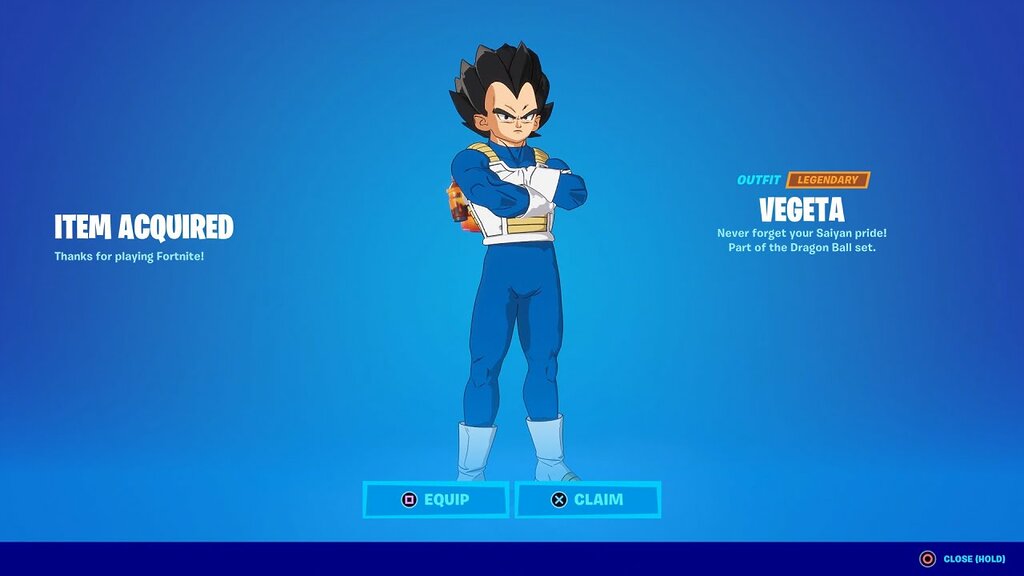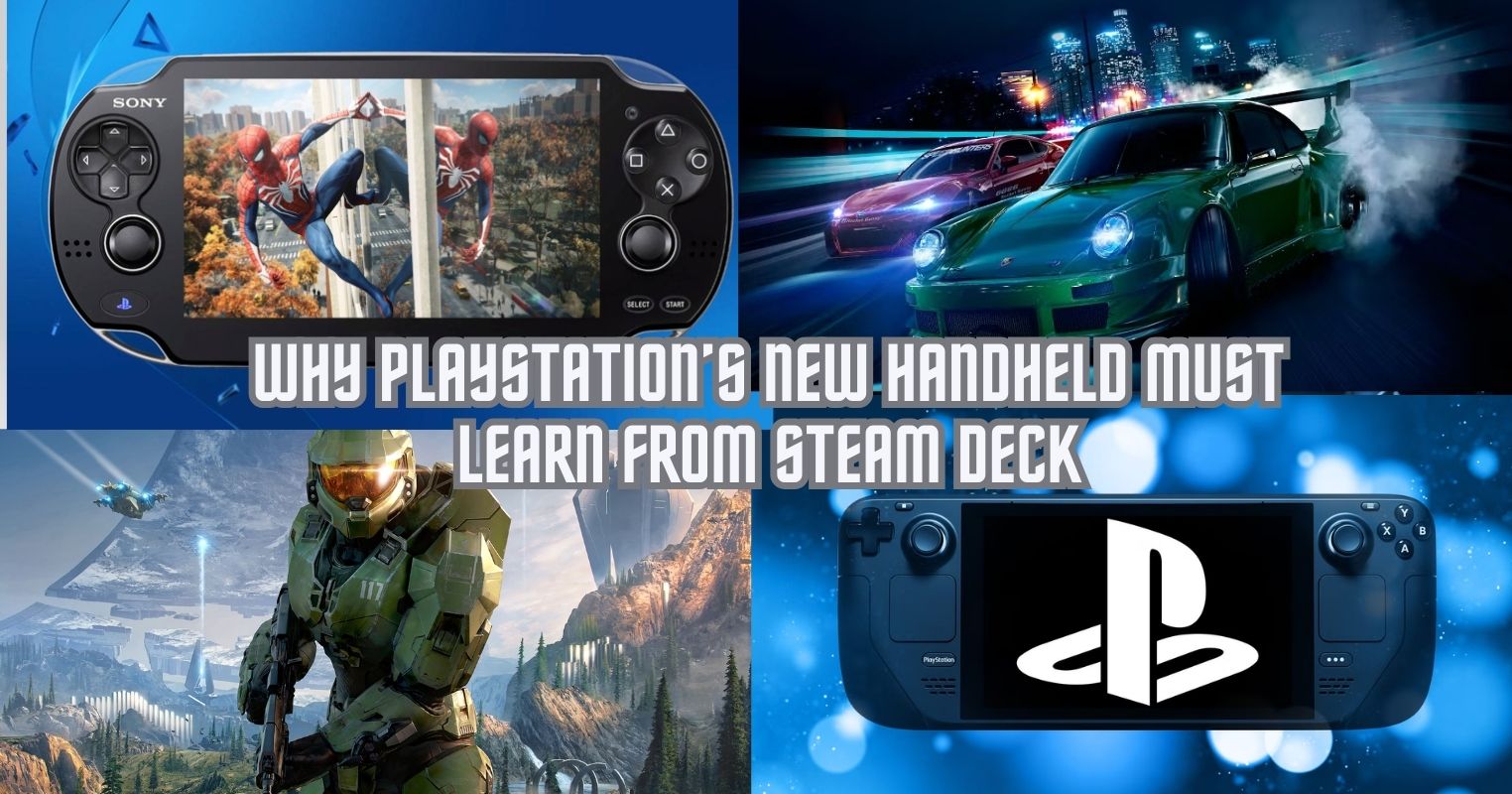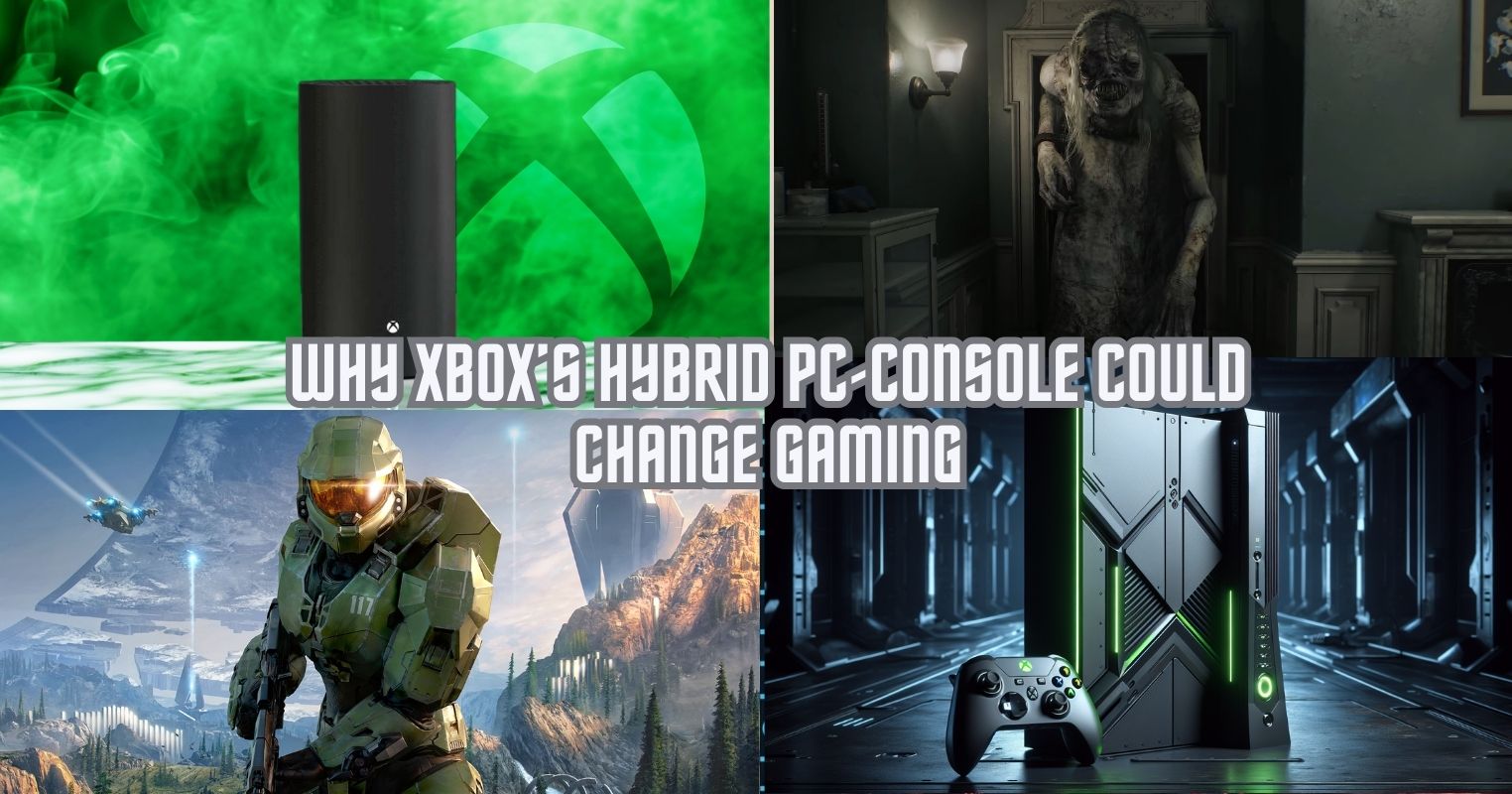- Microtransactions are seemingly the most hated thing in the gaming industry.
- However, they thrive because most people don’t pay much attention to this practice.
- Streaming culture also promotes new purchases, creating FOMO when new content is released.
Very few things in the gaming industry are as controversial as microtransactions. This subject divides the industry, with one side enjoying the ability to purchase additional items for any given game, while others detest the idea of having to spend additional money.
I find myself in the latter camp, yet I am not oblivious to the reality. Microtransactions are going nowhere, particularly in today’s age, where gamers are seemingly fine with paying up to $30 for simple skins.
Ultimately, microtransactions have stuck around in their current state because the model works.
Why it matters: This monetization style is so popular that it has found its way into nearly every modern game, with various free-to-play releases built around this monetization system.

Most People Don’t Care
The harsh reality behind this model’s success is that most people simply don’t care. To the average person, spending $20 for their favorite anime character in Fortnite or their favorite celebrity in Call of Duty is no big deal. These games target the most average gaming fan possible.
Picture someone in their early thirties who grew up on the hobby and has a bit extra to spend on gaming. If this individual is playing Fortnite after clocking in nine hours at work, buying a skin or two every month is not much for an enjoyable hobby.
In turn, such a person may end up spending hundreds of dollars over multiple months, but it does not sound as bad when transactions are made one at a time. Adults with kids who enjoy games like Fortnite likely go through a similar scenario.
Buying a Battle Pass or the odd skin for kids does not sound too bad now and then. However, microtransactions start to become a problem once these costs add up, leading to millions or even billions in profits for publishers.

FOMO & Streamer Influence
Another big factor is the current popularity of streaming culture and the prevalent fear of missing out. Timed Battle Passes, limited-edition items, rare skins, and more are tactics deployed by publishers to lure gamers toward microtransactions.
When gamers see their friends with the hot new Valorant skin, they naturally feel left out. Similarly, your favorite streamer might have access to the latest and greatest cosmetics acquired from the exclusive Battle Pass.
All of this comes together to influence entire communities. There is also the subject of whales. These people typically have no shortage of money, so spending hundreds or even thousands of dollars at a time is a drop in the ocean for them.
To an extent, steamers and content creators can become part of this category. For instance, back when loot boxes were the big thing, content creators would sometimes spend north of $1000 on single items.
However, because they could upload videos opening those cases, this money was no more than an investment for them.
Overall, this subject is never easy to discuss.
When games like Dragon’s Dogma 2 and Tekken 8 add microtransactions after reviews go live, they receive criticism. However, gamers are quick to forget and move on, leading to barely any repercussions in such cases.
Thank you! Please share your positive feedback. 🔋
How could we improve this post? Please Help us. 😔
[Senior News Reporter]
Avinash is currently pursuing a Business degree in Australia. For more than 5 years, he has been working as a gaming journalist, utilizing his writing skills and love for gaming to report on the latest updates in the industry. Avinash loves to play action games like Devil May Cry and has also been mentioned on highly regarded websites, such as IGN, GamesRadar, GameRant, Dualshockers, CBR, and Gamespot.




